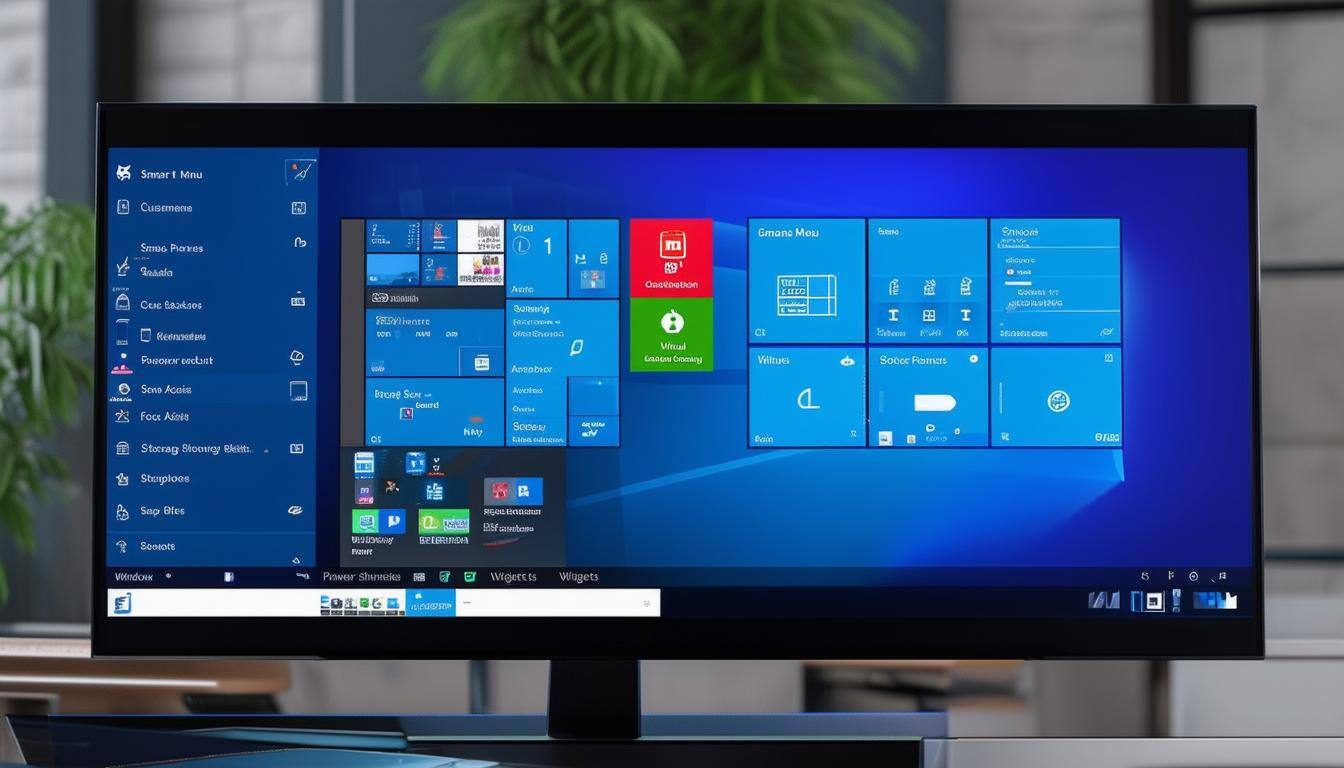The secrets to make your laptop battery live longer
Could you imagine what it must have been like doing business 30 years ago, before you had a decent laptop? {% video_player "embed_player"...
1 min read
![]() Totalcare IT
:
Feb 26, 2024 6:13:58 PM
Totalcare IT
:
Feb 26, 2024 6:13:58 PM
Your business gets hit by a ransomware attack, and your valuable data is locked away by cyber criminals demanding a huge ransom fee.
You can’t afford to pay it. But there's a twist – just like those "buy now, pay later" schemes, some ransomware gangs are offering victims payment extension options.
Recent research reveals that ransomware groups are getting creative with their extortion strategies. One group is even offering victims various choices when it comes to their ransom demands. These "choices" include:
Paying to delay the publication of their stolen data, with a standard fee of $10,000… or paying to have their stolen data deleted before it's made public.
The exact amounts charged are often negotiated with victims, adding a chilling dimension to the whole ordeal.
To increase the pressure on victims, these ransomware groups have added some terrifying features to their web sites. These include countdown timers displaying how much time businesses have before their data is released, view counters, and even tags revealing the victim's identity and description.
It's all designed to make victims feel cornered and more likely to give in to the demands.
Paying doesn't guarantee that you'll get your data back or that the cyber criminals won't demand more money later.
By paying, you're essentially funding criminal activities, encouraging them to continue their attacks on others.
Paying a ransom might even get you into legal trouble, as some governments have made it illegal to pay cyber criminals.
Paying cyber criminals rarely makes things better, and we’re seeing businesses that do pay become targets time and time again. Instead, invest in the proactive measures above to help you stay secure. And if we can help you with that, get in touch.

Could you imagine what it must have been like doing business 30 years ago, before you had a decent laptop? {% video_player "embed_player"...

Malvertising, or malicious advertising, is one of the most common forms of cyberattack today. It is pervasive, showing up across social media...

As Windows 10 approaches its end of life in 2025, Windows 11 is rapidly gaining market share. As of August 2024, Windows 11 holds over 31% of the...